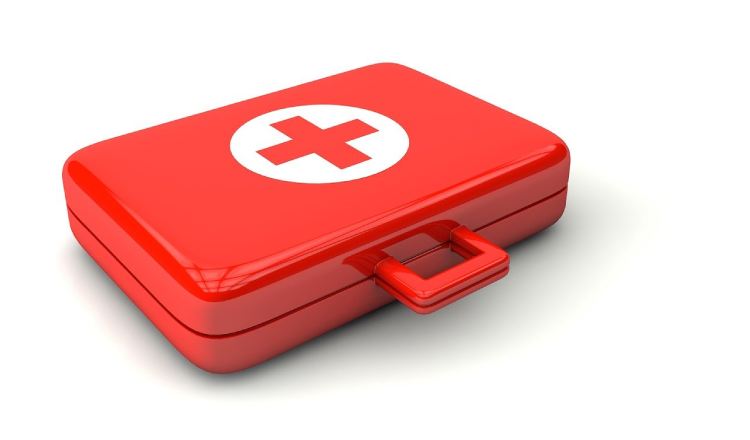There is nothing worse than seeing your pet in pain or injured and not knowing what to do so it helps to have a basic understanding of pet first aid. That way you can support your pet while you seek professional help from a vet if required.
Pet first aid is different from humans as their anatomy is different, so for this guest post, we asked our friend Jane who writes for MyItchyDog.co.uk to give us her ten tips that will tell you the basics that you need to know to help keep your pet safe, healthy, and alive if the worst should happen.
Do a risk assessment
The best way to keep your pet safe is to assess the risks anywhere you take them and to be prepared for any issues. If you are taking your pet out somewhere make sure to have a pet first aid kit with you in case they injure themselves. Assess any risks at home and while out and about and make sure your pet is trained to obey you, so if they are about to put themselves in harm’s way, you can tell them to stop.
Keep yourself and your pet calm
If something does happen to your pet, it is very stressful for both of you so make sure to stay calm and try to soothe and calm your animal. Keep your body language calm and use a soothing voice to try to keep them still and calm while you work out what to do next.
A broken leg
If your pet looks like it has broken a leg, make sure it doesn’t try to run away as this will only make the injury worse. Try to splint the leg with a bandage and an object to support it and if you are out and about, use a blanket as a stretcher to carry your pet back to the car. You will need to get them to the vet as soon as possible.

Dog safety
Poisoning
If you think your pet might have been poisoned by something it has eaten, don’t attempt to resuscitate as you will get the poison into your system as well. Take them straight to a vet immediately for treatment and if you know what they’ve ingested, take it with you while being careful not to touch it yourself.
Sickness and diarrhea
Pets do like to eat all sorts of things that are not good for them so if your pet starts to throw up or has diarrhea, you need to get them to the vet. Try to take a sample of the vomit with you for the vet to assess, in case it was poison.
Burns
If your pet suffers burns, make sure to cool the area with cold water for 10 minutes, and then take them straight to the vet in a plastic crate. Don’t put any bedding in the crate as this will get stuck to the burn and cause infection problems.
Bleeding
If your pet is bleeding the most important thing to do is try to stem the bleeding by using a dressing and applying pressure if you can, without further injuring your pet. Apply a bandage, or if you are out, use an item of clothing to stem the bleeding as far as possible, and then transport your pet to the vet as soon as possible to get the wound properly cleaned and treated.
Resuscitation for pets
If your pet needs CPR, then you can do this yourself by putting your pet onto its right side. You need to tilt the head up to stop the tongue from filling the airway. For a big dog, you will need to hold their tongue out of the way. For a smaller dog, you can cover its nose with your mouth.
You need to start with five breaths, then follow with fifteen compressions and two breaths, and continue with this pattern. Don’t breathe too much into their nose, just watch for their chest to rise.
Pet choking
Animals are fairly good at clearing their own airways so if they are choking but still breathing, allow them time to clear it themselves. If they go limp or unconscious, you will need to intervene and get them to the vet.
Have a pet first aid kit
Make sure you have a pet first aid kit at home and with you if you take your dog out and about for walks or on holiday with you. You can pick up pet first aid items from your local pet shop and vets, so that you will always have the basics with you if the worst should happen.
Also, make sure you have your vet’s emergency number on your phone so that you can call ahead and alert them if you need to bring your pet in urgently.








